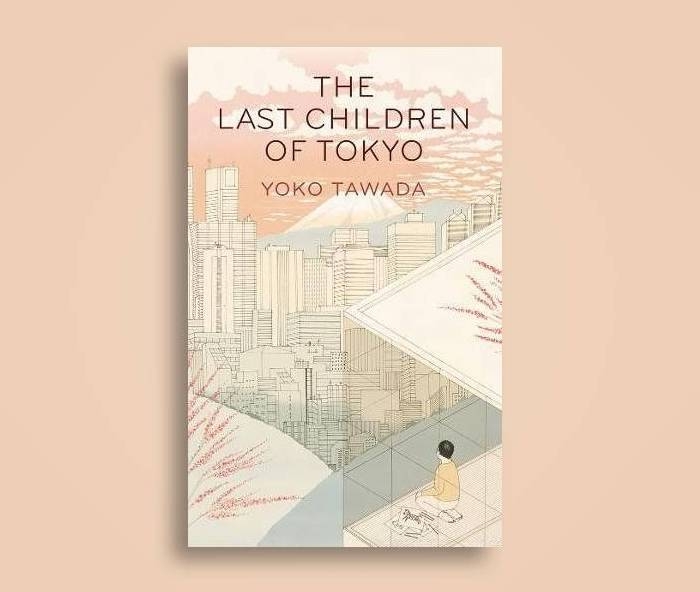At more than one hundred years of age, Yoshiro is struggling to care for his young great-grandson Mumei in Yoko Tawada’s vision of a near-future Japan. A writer by profession, Yoshiro finds it increasingly difficult to publish in a country where English is banned and any connection to the rest of the world strictly prohibited. Language itself has become a difficult territory to navigate, with words like ‘mutation’ replaced by euphemisms like ‘environmental adaptation’. Likewise, ‘healthy’ is no longer used to describe children, since this is no longer feasible, as evinced by an anxious Yoshiro during Mumei’s checkup at the paediatrician: ‘You’re trying to find out how far cellular destruction has gone, aren’t you?’
Frail but bright-eyed and curious, Mumei, whose mother – Yoshiro’s granddaughter-in-law, ‘a woman as beautiful as a crane’ – died following childbirth, and whose father is an addict in hiding, is of a generation born with a variety of physical abnormalities. The legacy of an unspoken disaster, though nuclear fallout is hinted at, the young protagonist has soft teeth and a long thin neck, can barely dress himself and suffers terrible pain when eating.
He is more than once described as having the characteristics of a bird: ‘The boy threw back his shoulders, puffed out his chest and stuck out both his arms like a bird spreading its wings’, he chirps his words and gives a ‘high-pitched cry that sounded like a crane’. The soil has been poisoned, animals (save ‘rental dogs’, cats and ‘secretly kept rabbits’) have become extinct, and unlike their spritely elders, children are no longer expected to live very long.
There are easy links to be made between the issues facing today’s Japan and the world Tawada has built. They include an ageing population, Yoshiro’s concerns about the nationalist ideals promoted by his government, which reflect those voiced by critics of Prime Minister Shinzō Abe, and the appeal of urban life to a younger generation that has, here, been turned on its head so that a rural lifestyle has become more desirable than exposure to the ‘multiple health hazards’ of Tokyo.
Yet there is, amidst the hardship, hope. On the brink of societal collapse, a secretive organisation selects children to become emissaries to other countries, recalling the kentoshi (the Japanese title of this novella) missions of pre-isolationist Japan, which then served to enable the exchange of knowledge and culture with China and Korea. In Tawada’s world they seek a cure for a disease that cannot be diagnosed. But there is also a more nuanced message of hope in the symbol of the bird, recognised in Japan as the figure a human spirit takes upon death: while the body of Mumei’s mother lies in the morgue, it begins to transform, her face elongating into a beak, feet becoming claws and shoulders ‘sprouting feathers’.
Will Mumei, following ‘environmental adaptation’, ultimately take the same form? Tawada’s novella raises the question of what happens in a world that has lost its faith in technology and in which, at the same time, the environmental impact of humans has transformed the planet beyond the adaptive evolutionary capacities of any one species. Here is a convincing world-narrative that weaves together the beliefs of ancient Shintoism and contemporary politics, where transmutation between animals has become the norm. In Japan, the crane, representing longevity and happiness, is believed to live for a thousand years.
From the Summer 2018 issue of ArtReview Asia
